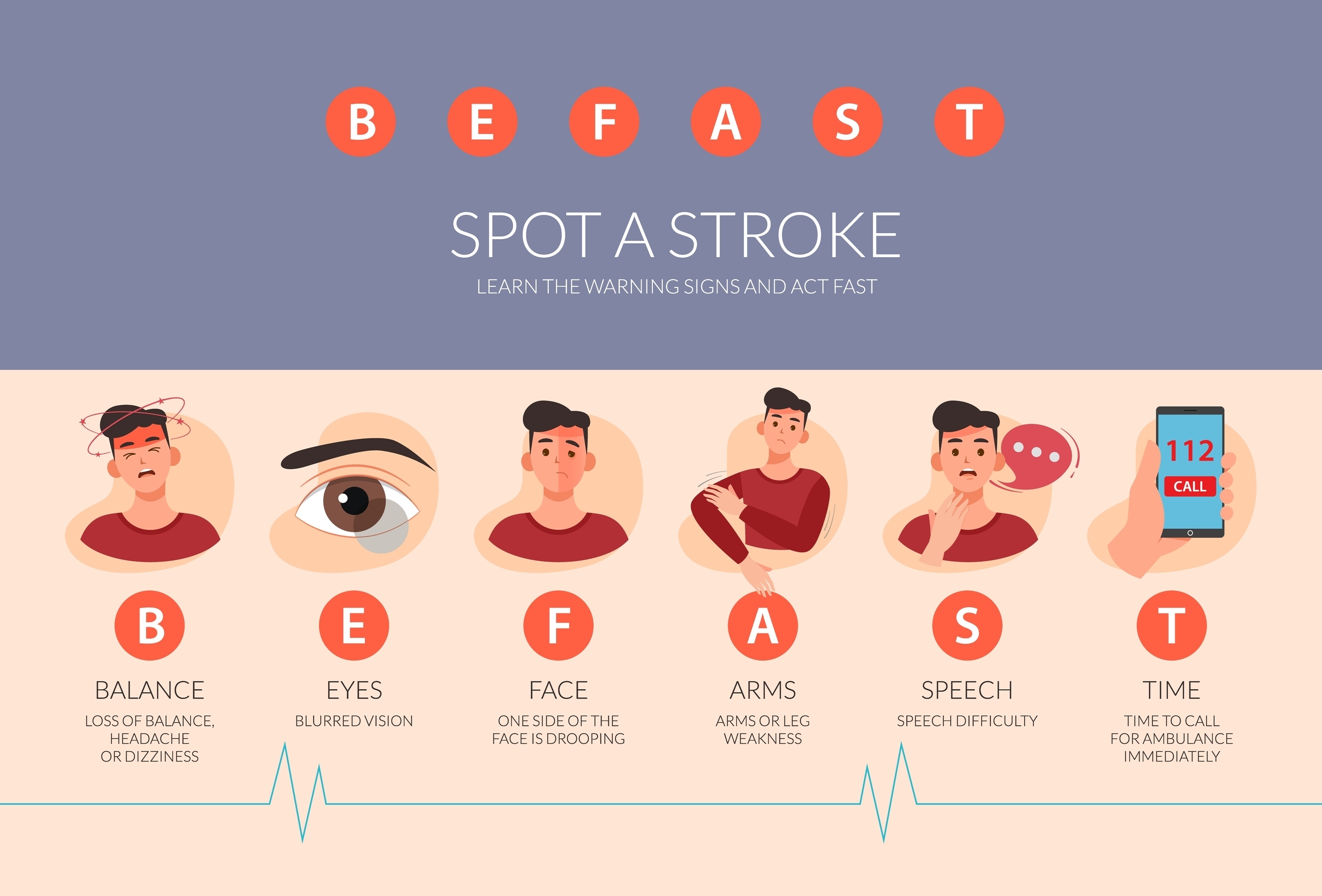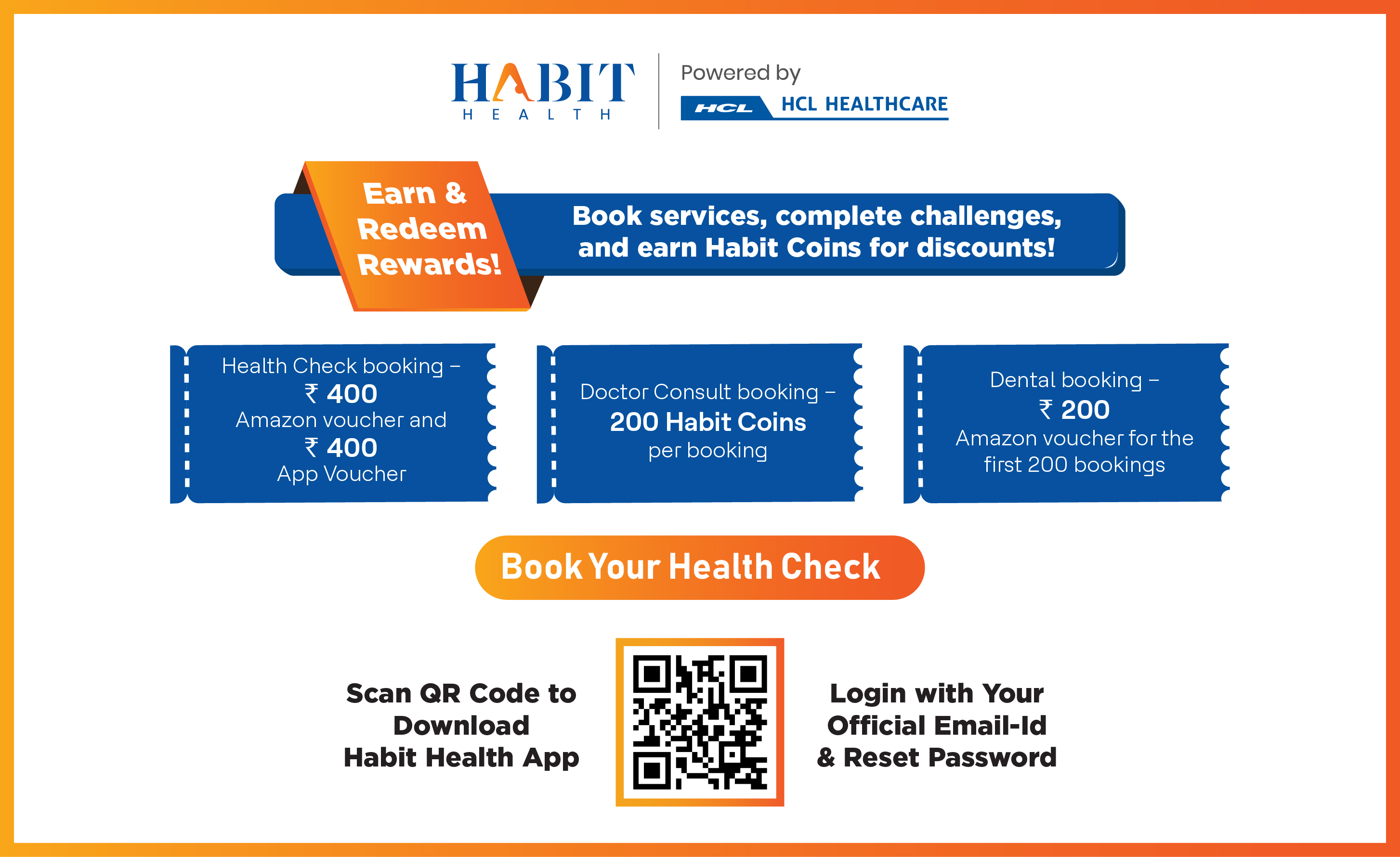The Reality of Our Virtual Lives
We live in a paradoxical time. On the one hand, technology connects us to opportunities, knowledge, and people like never before. On the other, it chains us to our screens, zapping our energy and clouding our minds.
For many employees, the workday doesn’t just start with coffee—it starts with an avalanche of emails, Slack messages, and calendar invites. By the time they shut their laptops, exhaustion has set in.
But here’s the irony: while technology has contributed to this stress, it also offers the tools to combat it. Enter VR, a medium that creates immersive experiences to soothe frazzled minds.
The Science Behind VR and Emotional Wellbeing
You might be wondering, “How can a headset and a pair of controllers help me unwind?” Well, VR tricks your brain into believing you’re somewhere else. The technology taps into your senses—visual, auditory, and sometimes even tactile—to create hyper-realistic experiences.
Research has shown that VR experiences can reduce cortisol levels (the stress hormone) and enhance mindfulness. It’s like hitting the pause button on life to take a breather—but with a lot more pizzazz.
One compelling study highlighted how VR-guided meditations reduced anxiety levels by 30% compared to traditional mindfulness practices.
A Day in the Life of VR Wellbeing

Imagine… it’s 3 PM, and your brain is fried. You’ve been hopping from one Zoom meeting to another, and now, even a coffee break feels like a chore. You slip on a VR headset provided by your company’s wellness program.
Suddenly, you’re kayaking down a serene river, the water glistening under a golden sunset. You hear birds chirping and feel your mind slowly unclenching. Ten minutes later, you return to your desk, refreshed and ready to tackle your tasks.
This isn’t just a fantasy. Many companies are pioneering VR solutions for employee wellbeing. Their programs introduce “mind-bending” relaxation sessions that help employees reset in a matter of minutes.
Why Employees Need This Now More Than Ever
Let’s face it—corporate culture has always been demanding. But in recent years, the pressure has intensified. The lines between work and personal life have blurred, leading to burnout becoming a buzzword we hear all too often.
VR offers a solution that’s not just innovative but also practical. Here’s why:
- Accessibility: You don’t need a plane ticket to escape to paradise—just a headset.
- Efficiency: A 10-minute VR session can provide the same mental relief as a 30-minute nap.
- Engagement: Unlike traditional wellness programs, VR feels exciting and new, ensuring better participation.
Making VR a Part of Workplace Culture

Of course, introducing VR in the workplace isn’t just about handing out headsets. It’s about creating a culture that prioritizes mental health. Here are some steps companies can take:
- Set Up VR Zones: Designate quiet areas in the office where employees can use VR for relaxation or meditation.
- Offer Diverse Content: From guided meditations to immersive nature walks, provide options that cater to different preferences.
- Integrate with Wellness Programs: Make VR a part of larger wellbeing initiatives, including yoga classes, mental health workshops, and physical fitness programs.
- Gather Feedback: Regularly collect input from employees to ensure the programs remain relevant and effective.
The Emotional Benefits of a Virtual Escape
One of the biggest wins with VR is its ability to transport us away from the chaos of everyday life. Whether it’s a stroll through a lush forest or a session of guided breathing on a mountaintop, VR helps you reset in ways that feel almost magical.
For employees, this means more than just reduced stress. It means:
- Enhanced focus and productivity.
- Greater emotional resilience.
- A sense of balance in an otherwise demanding routine.
The Future of Wellbeing in a Virtual World
As VR technology continues to evolve, its potential to transform emotional wellbeing is boundless.
Picture this: team-building exercises conducted amidst breathtaking virtual landscapes, where colleagues collaborate while hiking a simulated rainforest or kayaking through crystal-clear rivers. Imagine remote employees, scattered across different time zones, bonding in a shared VR meditation session on a serene mountaintop or enjoying a calming stroll through a picturesque meadow—all without leaving their desks.

This isn’t just science fiction; it’s a glimpse of what’s possible. VR opens doors to immersive, deeply personal experiences that nurture connection, creativity, and calm. The beauty of this technology lies in its ability to address the demands of our fast-paced, screen-saturated lives by providing the escape we need to recharge.
The message is clear: in a world where we often feel tethered to the virtual, VR is the bridge that brings us back to balance—helping us reconnect with ourselves, our colleagues, and the world around us.
Final Thoughts
The world may be virtually obsessed, but that doesn’t mean our emotional wellbeing needs to take a backseat. With innovations like VR, we can reclaim our peace, one immersive experience at a time.
So, the next time you’re feeling overwhelmed, consider this: a digital escape might just be the key to finding your calm in the chaos.











